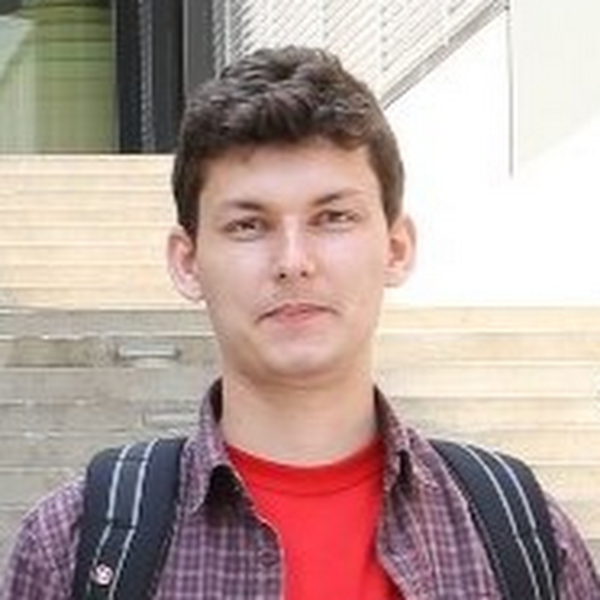
Eduard Gabriel Bazavan
Research Areas
Authored Publications
Sort By
Google
VLOGGER: Multimodal Diffusion for Embodied Avatar Synthesis
Enric Corona
Andrei Zanfir
Proceedings of the Computer Vision and Pattern Recognition Conference (CVPR) (2025)
SPHEAR: Spherical Head Registration for Complete Statistical 3D Modeling
Andrei Zanfir
Teodor Szente
Mihai Zanfir
International Conference on 3D Vision (2024)
Instant 3D Human Avatar Generation using Image Diffusion Models
Enric Corona
European Conference on Computer Vision (ECCV) (2024)
DreamHuman: Animatable 3D Avatars from Text
Andrei Zanfir
Mihai Fieraru
Advances in Neural Information Processing Systems (2023)
Structured 3D Features for Reconstructing Controllable Avatars
Enric Corona
Mihai Zanfir
Andrei Zanfir
Proceedings of the IEEE/CVF Conference on Computer Vision and Pattern Recognition (CVPR) (2023)
Neural Descent for Visual 3D Human Pose and Shape
Andrei Zanfir
Mihai Zanfir
Proceedings of the IEEE/CVF Conference on Computer Vision and Pattern Recognition (CVPR) (2021), pp. 14484-14493
THUNDR: Transformer-based 3D HUmaN Reconstruction with Markers
Mihai Zanfir
Andrei Zanfir
Proceedings of the IEEE/CVF International Conference on Computer Vision (2021)
GHUM & GHUML: Generative 3D Human Shape and Articulated Pose Models
Hongyi Xu
Andrei Zanfir
IEEE/CVF Conference on Computer Vision and Pattern Recognition (Oral) (2020), pp. 6184-6193
Weakly Supervised 3D Human Pose and Shape Reconstruction with Normalizing Flows
Andrei Zanfir
Hongyi Xu
European Conference on Computer Vision (ECCV) (2020), pp. 465-481
